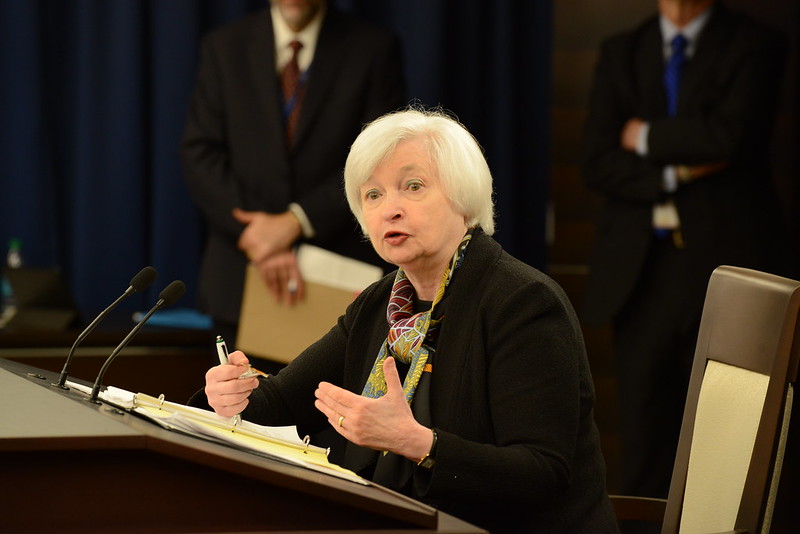
You have probably heard politicians and Nobel-winning economists in certain New York newspapers downplaying the danger that $31 trillion in debt poses to America, but no one is falling for that. Anyone who has had to balance a budget or even pay their credit card debt understands the danger of the American government owing lenders $240,000 per household. Cato Institute’s Romina Boccia and Domink Lett explain the high costs that all that debt places on America, concluding:
If policymakers delay action until a fiscal crisis is on their doorstep, they could be forced in‐between a rock and a hard place of massively cutting spending and or aggressively raising taxes. Studies reviewing the experience with European austerity measures and other measures taken by select OECD countries to stabilize their government finances indicate that the most successful deficit reduction strategies focus on spending cuts, especially to social programs and government bureaucracies. Increasing taxes was less effective at reducing deficits and more economically harmful.
Debt Default and Hyperinflation. Alternatively, policymakers might renege on the terms of existing debt or monetize the debt, thus boosting inflation. Both options are extremely unlikely to achieve the intended result of lightening the U.S. debt load. They are too economically costly. Defaulting on the debt is creditors’ worst fear. In most cases, it results in widespread financial chaos. Even if lenders would be willing to extend additional credit, they would demand much higher interest premiums, putting the U.S. government even deeper into the debt hole. The other bad option of inflating away the debt would worsen overall economic performance by reducing the purchasing power of the dollar and by being a de facto tax on savings and other investments. It would also quickly become priced into future bonds as investors would require higher interest rates to make lending profitable. In the worst case, monetizing the debt could lead to Weimar‐style hyperinflation and economic collapse.
Debt is already at economically damaging levels. According to a review of recent economic literature by the Mercatus Center’s Jack Salmon on behalf of Cato, high public debt—defined as a debt‐to‐GDP ratio above 78 percent—has a consistently negative effect on economic growth. As America’s publicly held debt climbs above 100 percent of GDP, the United States is already experiencing slower economic growth from lower productivity through the crowding out effect, elevated interest rates, and less investment due to expectations of higher future taxes to service the debt. Lawmakers should adopt a concrete plan to stabilize U.S. debt as a percentage of GDP through fiscal restraint to unleash economic growth and boost American incomes before a potential fiscal crisis forces their hands. The debt limit is one such leverage point to significantly change the U.S. fiscal trajectory for the better.
Action Line: Don’t be fooled by the comforting words of big government enablers. There’s little risk America will default on its debt, but there are other ways too much debt can damage an economy. Prepare your portfolio now. If you need help, let’s talk.



